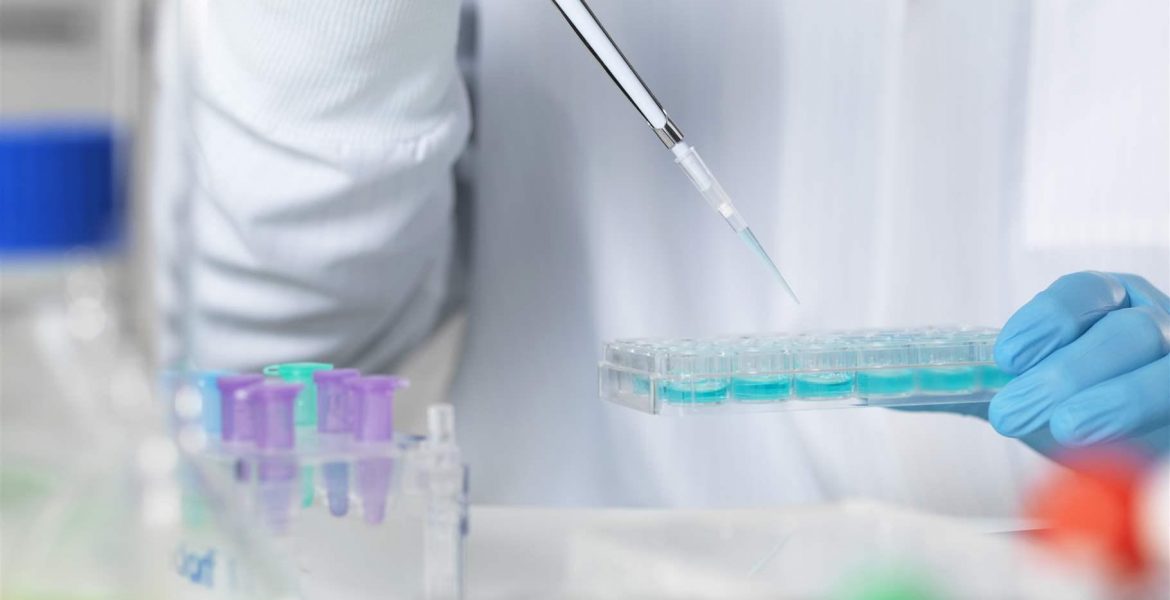The In Vitro diagnostic medical devices regulation that will apply as from 26 May 2022, can now be progressively rolled out, thanks to its adoption by the European Parliament and the Council.
In the context of the COVID-19 pandemic Member States, health institutions and economic operators redeployed financial and other resources to address the unprecedented challenges of the crisis. By doing so, they delayed the implementation of the In Vitro Diagnostic Medical Devices Regulation of 2017, which introduced certain requirements for medical devices and a stronger role for so-called conformity assessment bodies. To prevent disruption of supply of essential healthcare products as a result of these delays, the Commission proposed in October a progressive roll-out of the Regulation of 2017. The adoption of this proposal by the co-legislators will keep the supply of these essential healthcare products flowing.
Welcoming the adoption, Commissioner for Health and Food Safety Stella Kyriakides said: “In the midst of an unprecedented public health crisis, we cannot risk shortages of essential medical devices. Health systems and routine health services have been tested like never before. The pandemic has at the same time highlighted the vital need for accurate diagnostics and a resilient regulatory framework for in vitro medical devices. The amendment of the In VitroDiagnostic Medical Devices Regulation will ensure that crucial medical devices, such as COVID or HIV tests, continue to be available and safe. Member States, manufacturers and notified bodies must now use the additional time to build up the necessary capacities, and manufacturers must prepare to transition to the new requirements. There is no time to rest.”
The amending Regulation does not change any requirements of the original In Vitro Diagnostic (IVD) Regulation of 2017. It only changes the dates of application of some of these requirements for certain medical devices.
For higher risk devices, such as HIV or hepatitis tests (class D), the new requirements will apply as from May 2025. For devices of the lower risk class C, such as certain influenza tests, the date of application is extended until May 2026, whilst for lower risk class devices (class B and A sterile), the application starts in May 2027.
Moreover, the application of certain requirements for devices manufactured and used in the same health institution (so-called ‘in-house devices’) is delayed by two years until May 2024. If, however, the health institutions prove the unavailability of an equivalent device on the market, the transitional periods will end in May 2028.
The original IVD Regulation of 2017 introduced substantial changes in the regulatory framework for in vitro diagnostic medical devices, such as HIV tests, pregnancy tests or SARS-CoV-2 tests. Conformity assessment bodies (so-called ‘notified bodies’) will play a more important role: they will independently monitor whether devices comply with the safety and performance requirements before they reach the EU market.
Overall, the IVD Regulation will apply from 26 May 2022 as scheduled. However, there is a serious shortage of notified body capacity, making it impossible for manufacturers to conduct the legally required conformity assessment procedures in time. Without any legislative action, there was a risk of significant disruption in the supply of various essential in vitrodiagnostic medical devices on the market, affecting the diagnosis of patients and their access to relevant health care.
No change is proposed for CE-marked devices that do not require notified body involvement under the IVD Regulation, or for devices that are ‘new’, i.e. devices that have neither a notified body certificate nor a declaration of conformity under the current Directive 98/79/EC. For those types of devices, the IVD Regulation will therefore apply from 26 May 2022 as planned.




